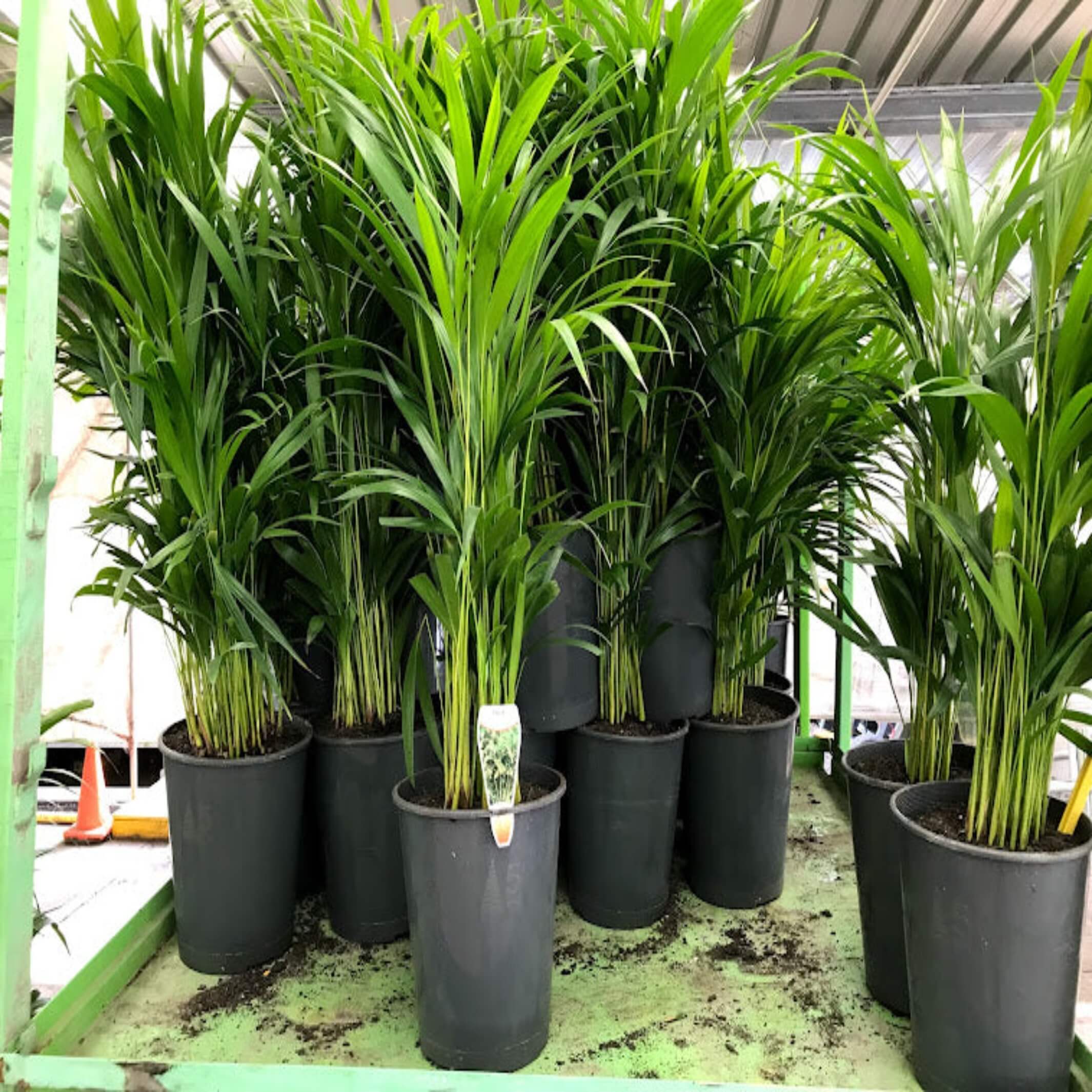Worst Plants for the Bathroom: Avoid These Choices
Introduction:
While adding greenery to your bathroom can be a fantastic idea, not all plants are suited for this particular environment. Bathrooms typically have low light and high humidity, which can be challenging for certain plant species. In this guide, we'll highlight some of the worst plants for the bathroom, explaining why they might struggle in this space.
- Why They Struggle: Cacti and succulents thrive in arid conditions with plenty of sunlight. Bathrooms, with their high humidity and low light levels, are not suitable for these desert-dwellers. These plants are prone to root rot in consistently moist environments.
- Why It Struggles: The fiddle leaf fig requires bright, indirect sunlight and a stable environment. Bathrooms tend to have fluctuating temperatures and low light, making it challenging for this plant to thrive.
- Why It Struggles: Rubber plants prefer bright, indirect light and consistent watering. Bathrooms often have low light, and the humidity levels can vary widely, which can lead to overwatering or underwatering.
- Aloe Vera:
- Why It Struggles: Aloe vera is another succulent that prefers dry conditions and lots of sunlight. Bathrooms are typically too humid for aloe vera, leading to root rot and other issues.
Conclusion:
While it's tempting to decorate your bathroom with a variety of plants, it's crucial to choose species that can thrive in the unique conditions of this space. The worst plants for the bathroom, such as cacti, succulents, fiddle leaf figs, rubber plants, and aloe vera, can struggle in the low light and high humidity typically found in bathrooms. Additionally, some plants may be sensitive to chemicals in tap water, so it's essential to consider your local water quality when choosing bathroom plants.
Instead of these challenging species, consider the best plants for the bathroom that we discussed in a previous blog post. These plants are better suited to thrive in this environment, adding beauty and health benefits to your space.
By avoiding these plant species, you can ensure that your bathroom greenery thrives and continues to enhance the ambiance of your home.




Leave a comment